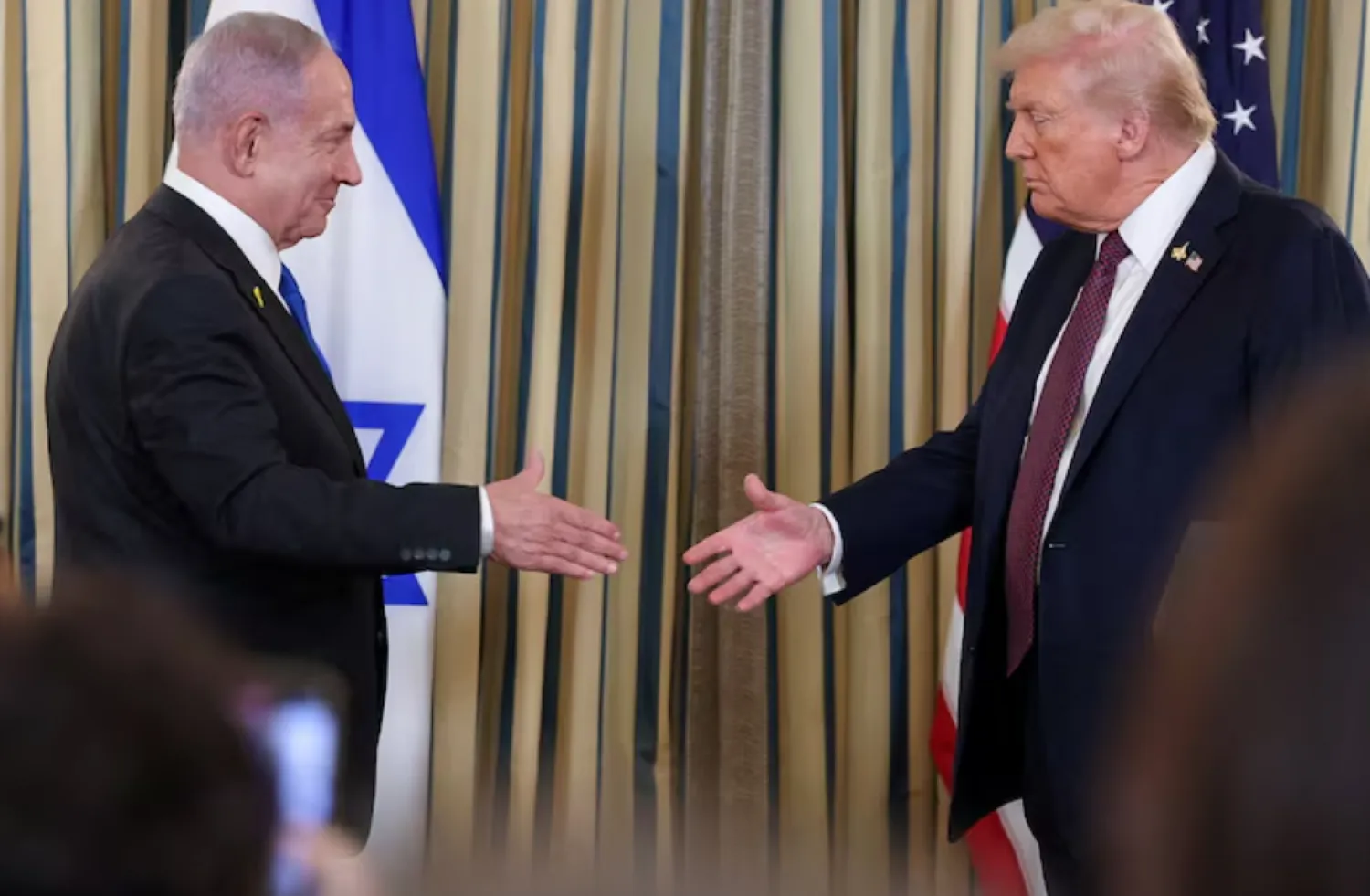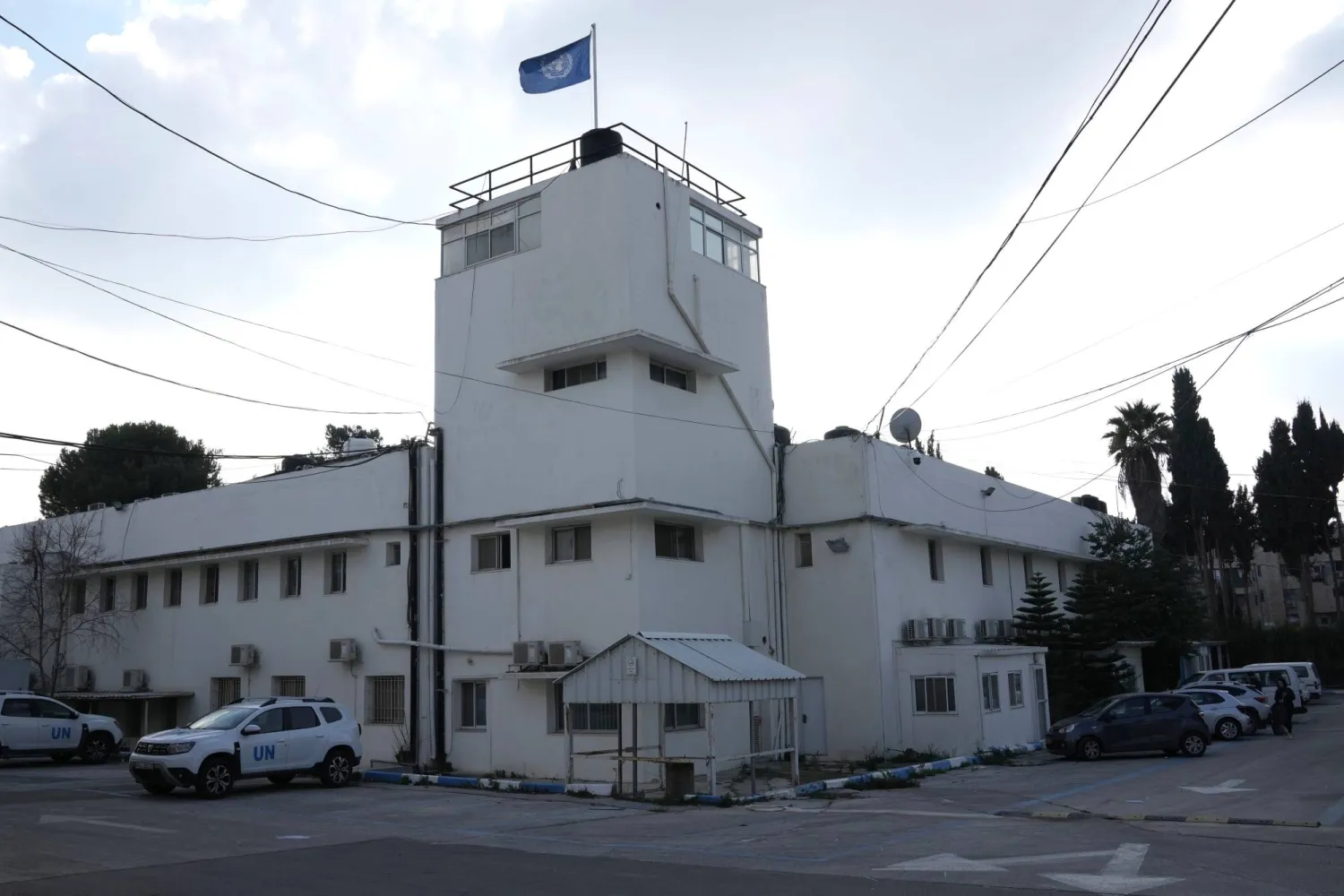Syrians had a tough night with explosions rocking the skies, especially in Damascus and the south, as Iran attacked Israel. Syrians waited for an official statement about the blasts, which locals said were caused by “air defenses intercepting enemy missiles.”
A UK-based war monitor, the Syrian Observatory for Human Rights, reported that the explosions weren’t just from intercepting unknown projectiles, possibly Israeli.
“Some rockets came from southwest of Damascus towards Hezbollah areas, not just from Lebanon,” said Rami Abdulrahman, the Observatory’s director.
“They weren’t acknowledged publicly to avoid embarrassment for Damascus,” added Abdulrahman, clarifying that Israel didn't attack inside Syria but engaged in air defense to counter the Iranian threat on Israel.
Late Saturday into Sunday, powerful explosions rocked Damascus and its outskirts, especially around the Sayyida Zainab area and Damascus International Airport.
Similar blasts were heard in Daraa, Suwayda, Quneitra (south), western rural Homs, and Jableh on the Syrian coast.
Unofficial Syrian media reported “aerial clashes in Syrian skies between Syrian air defenses and Israeli missiles.”
Pro-government daily “Al-Watan” aired videos titled: “Syrian air defenses stand firm against Israeli missiles.”
On the flip side, media reports suggest that the sounds heard in Syrian skies were caused by Israel intercepting Iranian drones.
The “Voice of the Capital” website clarified that there was “no Israeli attack on military sites in Damascus and its outskirts,” attributing the explosions to “Israeli defenses intercepting Iranian drones and missiles before they reached the Golan Heights.”
As of now, there’s been no official statement about the Iranian attack on Israel and the events in Syrian airspace. Syrian coverage mainly relied on Iranian media reports.
Sunday evening saw Syria’s Foreign Ministry releasing a statement expressing support for Iran.
The ministry affirmed Iran’s right to self-defense and condemned Israeli aggression on Iranian diplomatic premises in Damascus, according to the Syrian Arab News Agency (SANA).
Life in Damascus appeared normal on Sunday morning after a night filled with the circulation of numerous images and videos purportedly showing Syrian air defenses intercepting Israeli missiles in the Syrian sky.
According to the “Voice of the Capital” website, air traffic resumed at Damascus International Airport after a brief halt due to the Iranian attack on Israel.









